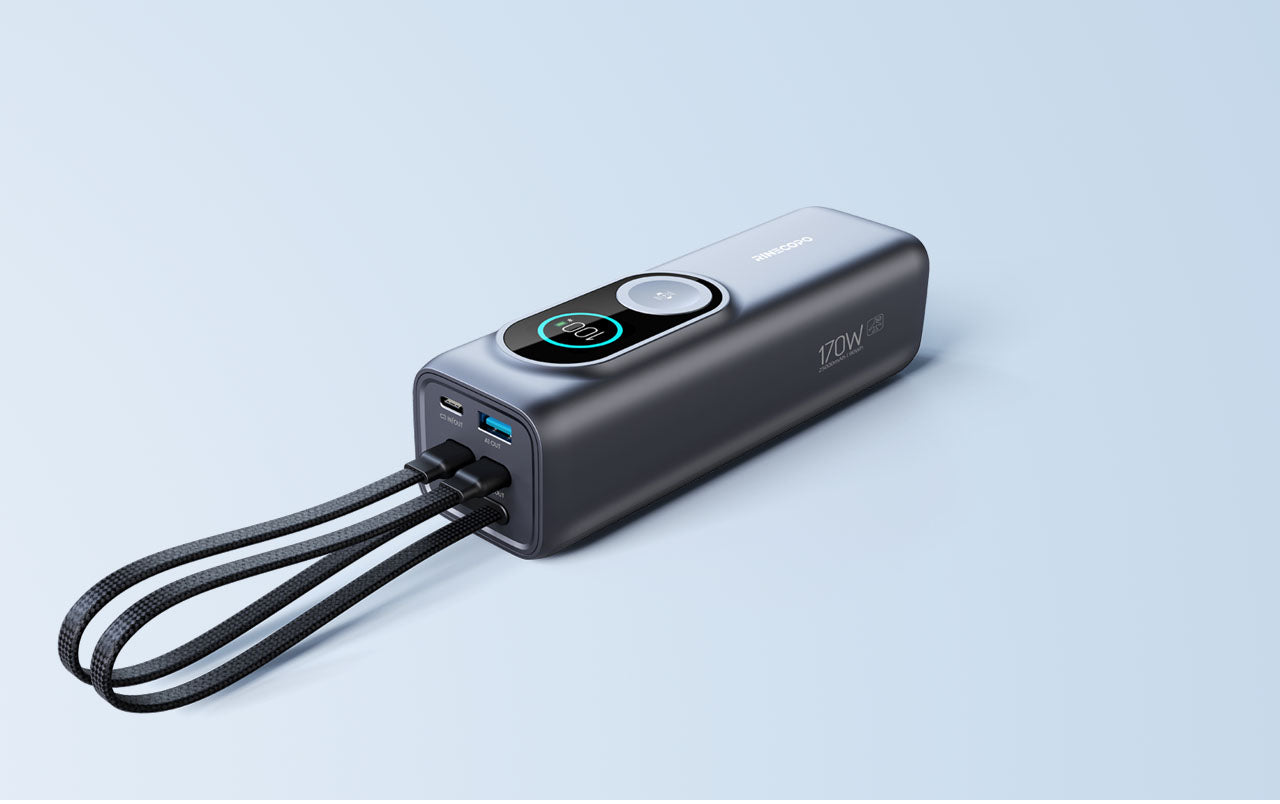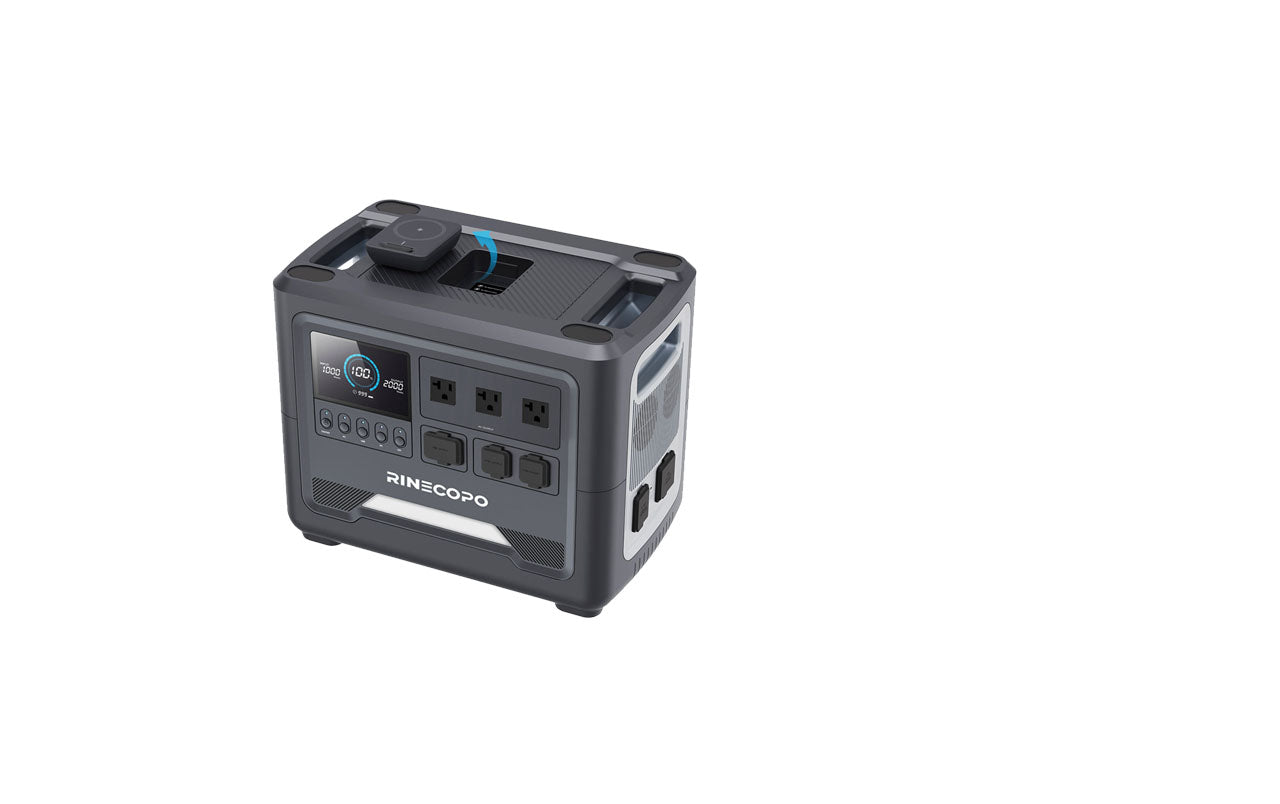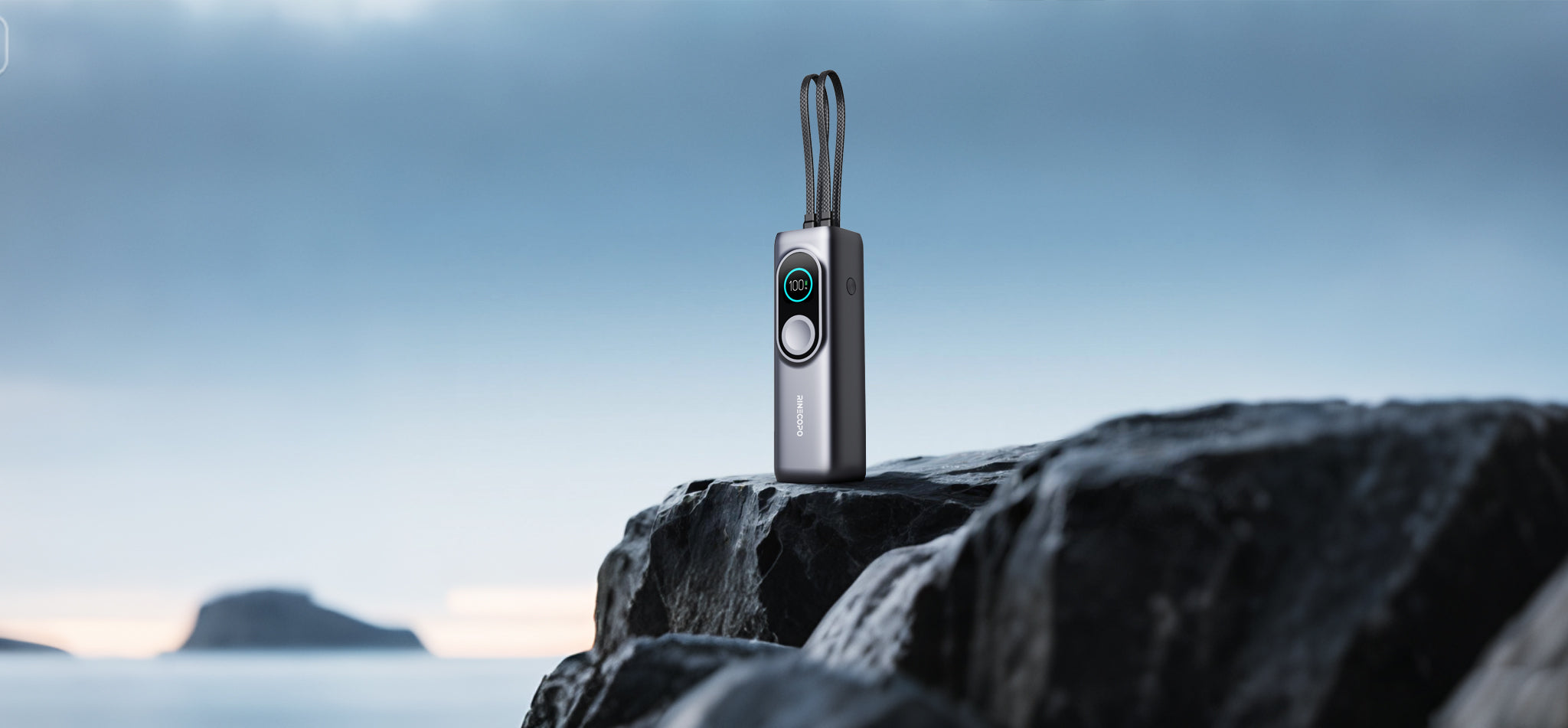
In today’s fast-paced world, we often need to use and charge multiple devices at once. Thanks to Apple’s powerful ecosystem—from iPhone and iPad to MacBook and accessories—having a single charger that can handle multiple devices efficiently is a game-changer. Before investing in a universal Apple charger, it’s important to understand your devices’ power requirements to make the best choice.
Key Points
Know your devices’ power requirements
Every Apple device has unique power needs:
-
iPhone: 25W–45W
-
iPad: up to 30W
-
MacBook: up to 96W
-
Apple Watch: around 5W
Understanding these requirements ensures your charger delivers fast and safe charging.
Choose the right wattage
To charge multiple devices simultaneously, your charger’s total output must exceed the combined power needs. A 100W charger can handle an iPhone, iPad, and Apple Watch, while 140W or 200W multi-port chargers are ideal for powering an iPhone, iPad, and MacBook at the same time.
Multi-port chargers save time and space
Chargers with multiple ports and dynamic power allocation ensure efficient charging and prevent overheating. Chargers with USB-C ports or GaN technology are particularly effective.
Use certified cables
Always use high-quality, certified cables, such as MFi-certified Lightning cables, for optimal speed and safety.
Avoid overloading your charger
Do not connect too many high-power devices to a low-wattage charger, as it may slow down charging or cause overheating.
Ensure proper ventilation
Charge your devices in well-ventilated areas to prevent heat buildup, especially when using high-wattage chargers.
Compatibility with non-Apple devices
Modern Apple chargers that support USB-PD or fast charging standards can also charge non-Apple devices. Always confirm voltage and current compatibility to avoid slow charging or failure.
Can One Charger Charge Multiple Devices at Once?
Yes. A charger with sufficient output and enough ports can charge multiple devices at the same time. The key is to match the charger’s output to the devices’ power requirements. A low-wattage charger may slow down charging or fail to power all devices simultaneously.
The RINECOPO Laptop Charger (140W, 4-Port) with USB-C Cables is designed to efficiently charge multiple devices—including iPhone, iPad, MacBook, and Apple Watch—at high speeds.
Apple Device Power Overview
Here’s a quick look at typical charging requirements:
-
iPhone Series
-
iPhone 14: up to 25W
-
iPhone 15: up to 29W
-
iPhone 16: up to 45W
-
-
iPad Series
-
Standard iPad: around 20W
-
iPad Pro: up to 30W
-
-
Apple Watch & AirPods
-
5W is sufficient for fast charging
-
-
MacBook Laptops
-
Some models require only 30W
-
High-performance models may need up to 96W
-
These differences show that not all Apple chargers are universal. Multi-device charging requires careful attention to total wattage.
How Much Wattage Do You Need?
-
iPhone + iPad
-
Charging individually: 45W charger is enough
-
Charging simultaneously: at least 80W, preferably with a dual USB-C GaN charger
-
-
iPhone + MacBook
-
Charging individually: 100W sufficient
-
Charging simultaneously: at least 150W, with dynamic power allocation for optimal speed
-
-
iPhone + iPad + MacBook
-
Charging individually: based on highest wattage device (MacBook 96W)
-
Charging simultaneously: 200W multi-port charger recommended for maximum efficiency
-
Charging Non-Apple Devices
If your charger supports USB-PD or QC fast charging, it can power Android phones, tablets, or even cameras. Always check voltage and current compatibility to prevent slow charging or failure.
Tips for Multi-Device Charging
-
Ensure sufficient total wattage: Exceed combined device power needs to avoid overheating or slow charging.
-
Port compatibility: Choose chargers with enough USB-C and USB-A ports for all your devices.
-
Dynamic power allocation: Smartly distributes power for efficient charging.
-
High-quality cables: MFi or USB-C certified cables reduce energy loss and increase safety.
-
Proper cooling: High-wattage chargers generate heat; choose chargers with cooling or energy-efficient materials.
-
Avoid overload: Do not exceed charger capacity; it may trigger protection mechanisms.
-
Ventilated area: Helps dissipate heat and protects devices.
-
Advanced technology: GaN chargers or Energy Star certified chargers are more efficient and run cooler.
Recommended Product
RINECOPO Laptop Charger (140W, 4-Port) with USB-C Cables
-
Charge four devices simultaneously: Power your iPhone, iPad, MacBook, and Apple Watch at high speed.
-
Dual high-speed USB-C ports: Supports high-wattage fast charging for multiple devices.
-
Super compact design: Lightweight and portable, saving desk space.
-
Secure connections: Stable ports prevent loose connections for reliable charging.
-
Exceptional safety: Overheat, overcurrent, and short-circuit protection ensure device safety.
Perfect for home, office, or travel, this charger makes multi-device charging simple and efficient.
Conclusion
The wattage required for charging multiple Apple devices depends on total device power. High-wattage, multi-port chargers offer convenience and flexibility, allowing simultaneous charging without sacrificing performance. By understanding your devices’ power needs and following best practices, the RINECOPO high-power multi-port charger simplifies charging and maximizes efficiency—whether you’re powering a single device or your entire Apple ecosystem.
Recent Posts
Blog Tags
How to Choose the Right Certified USB Cable for Your Power Bank
Choosing the right USB cable may sound trivial, but it directly impacts how well your power bank performs. The formula is simple: certification + correct wattage + shorter is better.
-
Smartphones & tablets → 60W short USB-C cable
-
Laptops → 100W or 240W certified USB-C with E-marker
-
Cars & legacy devices → USB-A to USB-C with 56kΩ resistor
The Best Smart Power Bank for City Commuting and Weekend Adventures
To choose a power bank suitable for city commuting and light outdoor use, focus on six key aspects:
-
Design Aesthetics: Attractive, comfortable, portable, and high-quality materials make your power bank a stylish daily accessory.
-
Intelligent Management: Multi-device recognition, precise battery display, and smart temperature control ensure safer, more efficient charging.
-
Fast Charging: Multi-protocol, two-way fast charging, and high output power save precious time.
-
Safety Protection: Multiple safety layers, premium battery cells, and thoughtful details keep devices and users secure.
-
Practical Use Cases: Commuting, office, light outdoor, and travel scenarios—design matches real-life needs.
-
Brand & Selection Advice: Choosing a brand like Rinecopo, with high capacity, intelligent display, and multiple fast-charge ports, is a smart choice for everyday and light outdoor use.
Maximize Your Portable Power Station: 5 Smart Hacks to Keep It Performing Like New
-
Hack 1 – Speak Its “Language”: Understanding capacity (Wh), power output (W), and input specifications is the foundation for precise energy planning and avoiding overload.
-
Hack 2 – Charge Like You Care for Its Health: Avoid overcharging or deep discharges, use the original charger, and charge within an appropriate temperature range to protect battery health.
-
Hack 3 – Adopt Elite Power Habits: Manage power loads, minimize standby consumption, and prioritize devices based on battery level to maximize usage efficiency per charge.
-
Hack 4 – Follow the “Sleep Mode” Rule for Long-Term Storage: Store in a cool, dry place at 50%-60% charge, and perform periodic calibration cycles to ensure your station wakes up fully energized.
-
Hack 5 – Trust the Brand’s Expertise: Carefully reading and following the professional guidance in the user manual is the most reliable way to unlock your device’s full potential and avoid operational mistakes.





